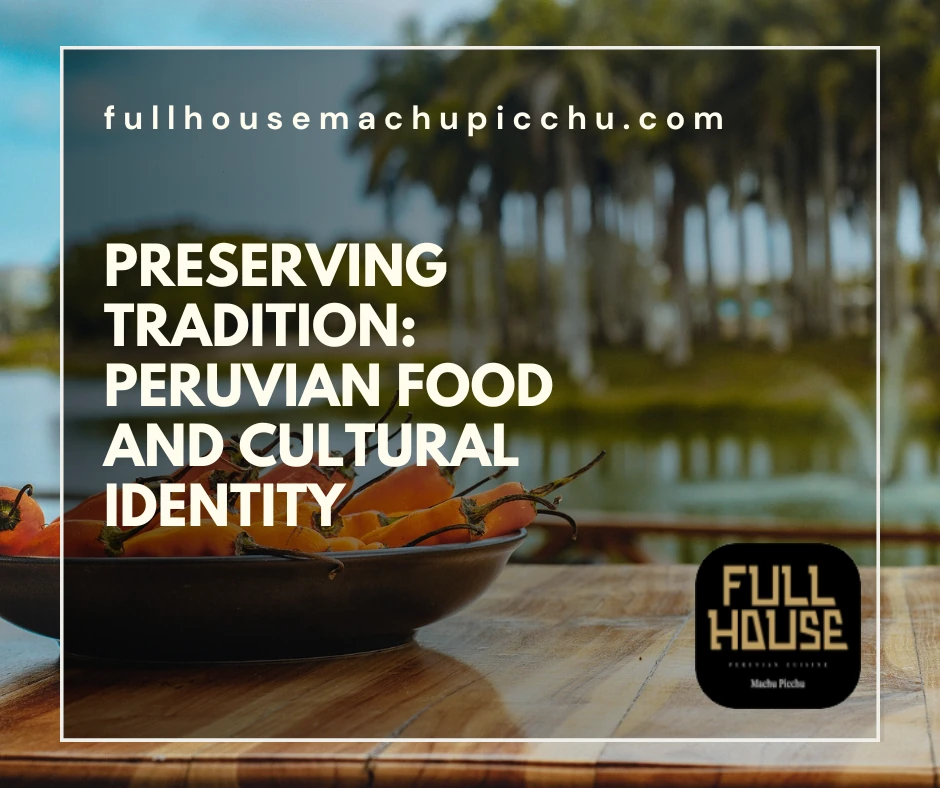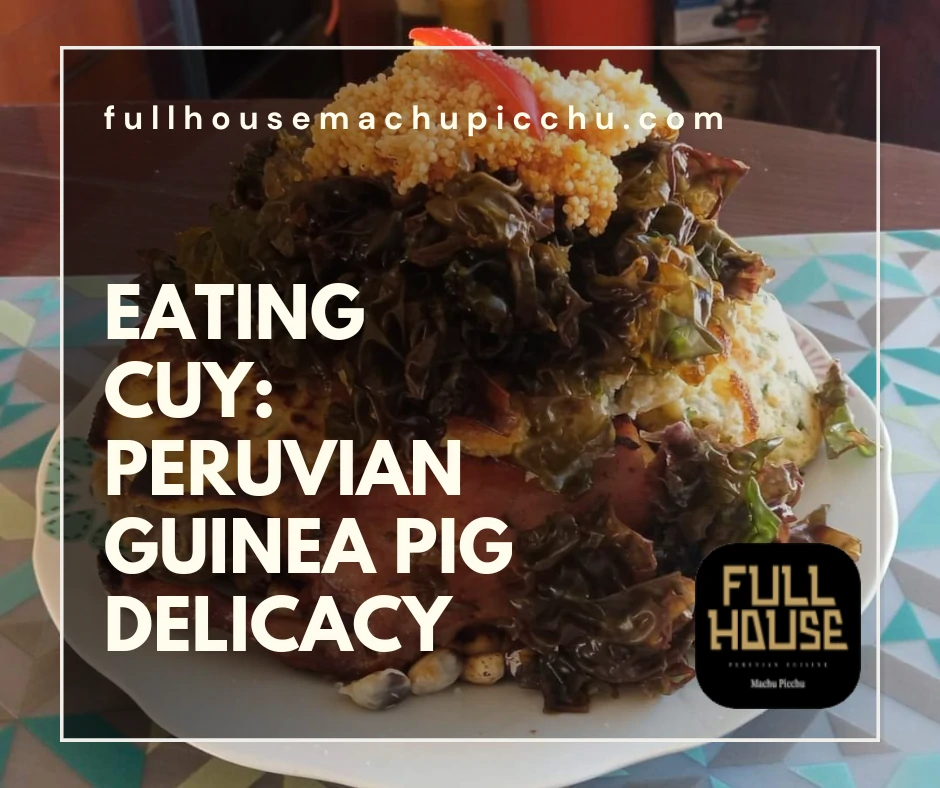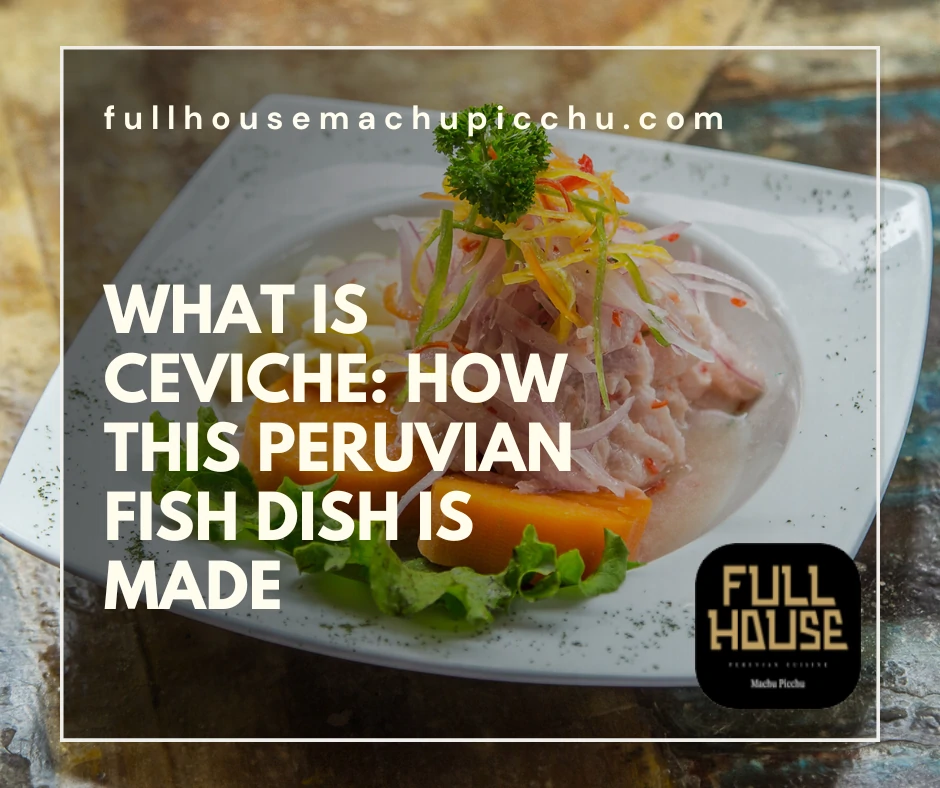Peruvian food and cultural identity intertwine, reflecting the country’s rich history and diverse influences. Each dish tells a story of the Andean nation’s heritage, marked by a distinctive fusion of cultures. This culinary diversity offers a unique explosion of flavors.
The act of preserving tradition through cuisine is a powerful symbol of national pride and continuity. It’s a way of connecting generations, sharing age-old recipes and culinary techniques that encapsulate a distinct cultural narrative. By exploring these dishes, we gain a deeper appreciation of the vibrant tapestry that is Peruvian culture.
A look at the roots of Peruvian cuisine
Peruvian cuisine offers a captivating study in diversity. Its roots trace back centuries, weaving a rich tapestry of flavors and techniques. The impact of various influences shapes this gastronomic tradition. It mirrors the deep-seated ties between Peruvian food and cultural identity.
Indigenous cultures provide the cornerstone for Peruvian cuisine. They introduced local produce such as potatoes, corn, and chili peppers. These ingredients remain essential in traditional Peruvian dishes today.
This influence of indigenous cultures is undeniably significant. It showcases their profound contribution to Peruvian food and cultural identity.
The arrival of the Spanish in the 16th century brought new elements to this culinary melting pot. They introduced livestock, wheat, and dairy products. This fusion of ingredients resulted in dishes that exhibit both Spanish and indigenous influences.
In the 19th century, Chinese, Japanese, and African immigrants added their culinary flare. The Chinese brought soy sauce and their stir-fry technique. The Japanese contributed their knowledge of fish and seafood preparation. Africans introduced techniques and ingredients that gave birth to dishes like anticuchos.
Each group of immigrants influenced the way Peruvians cook and eat. Their distinctive techniques and ingredients have created the diverse palate of Peruvian cuisine. This gastronomic journey reflects the continuous evolution of Peruvian food and cultural identity.
Modern Peruvian cuisine is a celebration of this intricate blend of influences. Chefs and home cooks alike work to preserve these age-old recipes. They ensure that each generation experiences the taste of tradition.
Through food, the people of Peru demonstrate their national identity. They tell a story that vividly encapsulates their diverse history.
The unique influences and ingredients define traditional Peruvian dishes. Each dish serves as a testament to the dynamic nature of Peruvian food and cultural identity. It’s a legacy carried forward with pride, savored in every bite of Peru’s vibrant cuisine.
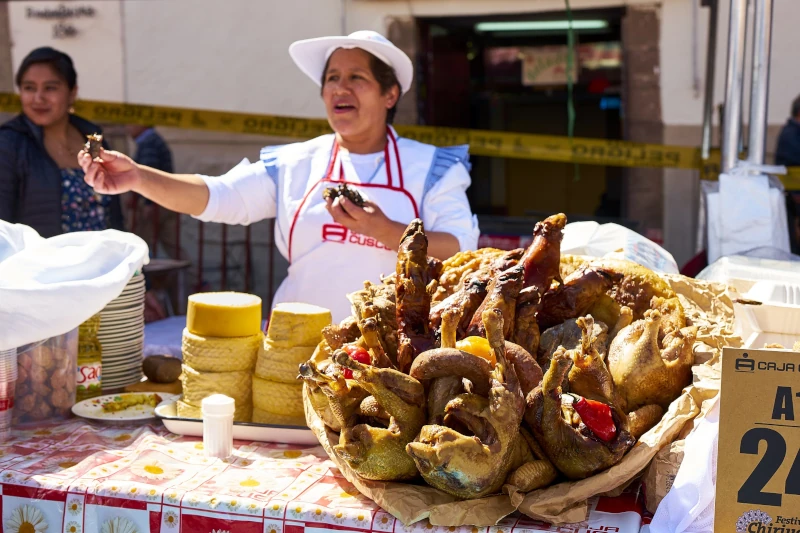
Understanding the role of food in Peruvian culture
In Peru, food transcends the simple act of eating. It plays an integral role in social gatherings and celebrations. It’s a bridge between the past and the present, linking Peruvian food and cultural identity.
Feasts, festivals, and family gatherings all center around traditional food. Each event has traditional dishes associated with it. This adherence to tradition strengthens the connection between Peruvian food and cultural identity. For instance, the festival of Corpus Christi is synonymous with Chiriuchu, a dish filled with diverse ingredients.
Peruvians take immense pride in their culinary heritage. Traditional Peruvian drinks also play a significant role. Chicha morada, a purple corn drink, and Pisco, a grape brandy, are part of the national identity. They accompany meals and are part of celebrations, enhancing the social experience.
Food has a spiritual significance too. Many Peruvians believe in the nourishing power of native superfoods. For example, people revere quinoa and maca for their health benefits. Consuming these superfoods is not just nutritional, but also a spiritual act.
Moreover, food has an economic role. Peruvian cuisine’s rising global popularity has boosted the country’s economy. Culinary tourism thrives, drawing food enthusiasts from around the world. This international attention bolsters national pride in Peruvian food and cultural identity.
Peruvian cooking traditions have endured many generations. They embody the country’s history, cultural influences, and natural bounty. They celebrate the resilience and creativity of the Peruvian people. Every dish, every flavor, reaffirms the bond between Peruvian food and cultural identity.
Food in Peru is much more than sustenance. It is a cultural touchstone, a symbol of unity, and a source of national pride. Through food, Peru remembers its past, celebrates its present, and looks to its future.
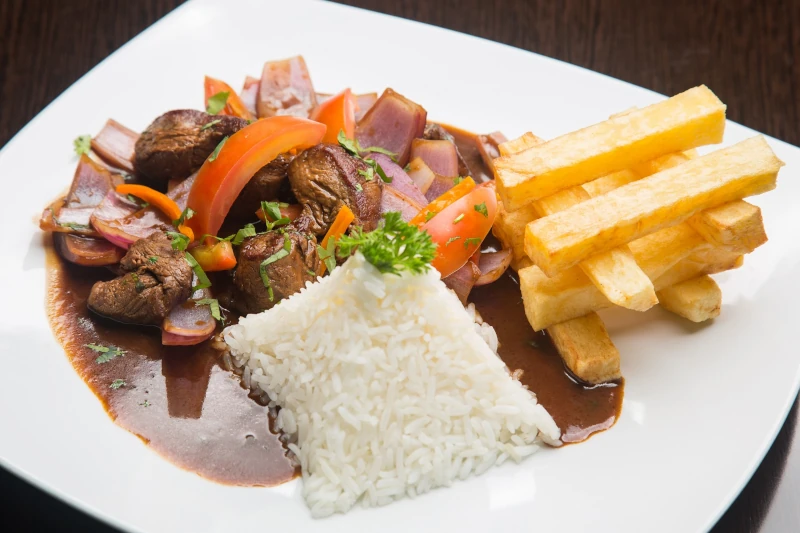
preserving Peruvian Food and Cultural Identity
The preservation of traditional Peruvian recipes is a matter of national pride. It keeps the cultural flame alive, uniting generations through a shared culinary heritage. This continuity resonates deeply in the collective Peruvian psyche.
Grandmothers and mothers pass down recipes in family kitchens. They share not just the ingredients, but the stories behind each dish. These tales infuse a deeper meaning into the act of cooking and eating.
In recent years, a wave of young Peruvian chefs has emerged. They have committed to preserving their culinary roots. Yet, they also introduce innovative touches, bringing traditional cuisine into the modern era.
This innovation has birthed the Peruvian fusion cuisine. It melds the traditional with international flavors, creating a unique gastronomic experience. Such evolution honors the past while embracing the new, broadening the appeal of Peruvian cuisine globally.
Local ingredients remain the heart of Peruvian cooking. Chefs and home cooks alike champion Peru’s natural bounty. They celebrate the diverse produce from the coast, highlands, and the Amazon.
Peruvian vegetarian cuisine has also grown in popularity. It highlights the wealth of fruits, vegetables, and grains native to Peru. This shift also supports sustainable and healthy eating, appealing to a wider audience.
Cooking schools across Peru also play a crucial role in preserving tradition. They teach classic cooking methods and recipes to future generations. They uphold the importance of maintaining the integrity of traditional cuisine.
In conclusion, the preservation of Peruvian recipes is more than just keeping old dishes alive. It’s about maintaining a tangible connection to the past. It’s an expression of cultural pride and identity. Through their commitment to tradition and innovation, Peruvians ensure their culinary heritage will endure for future generations.


